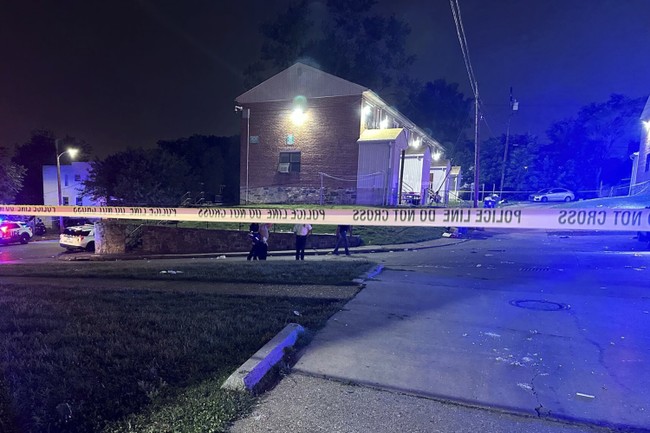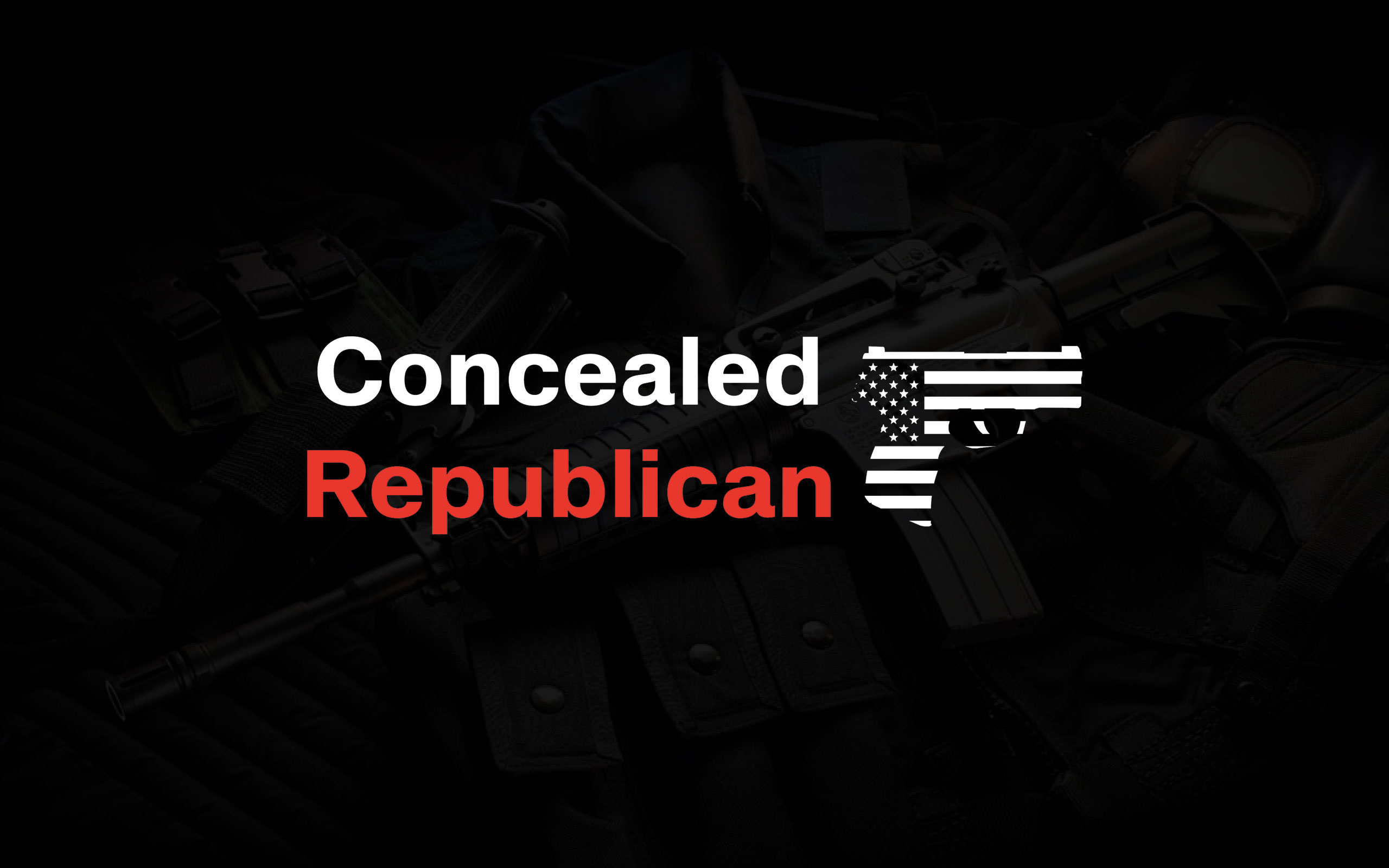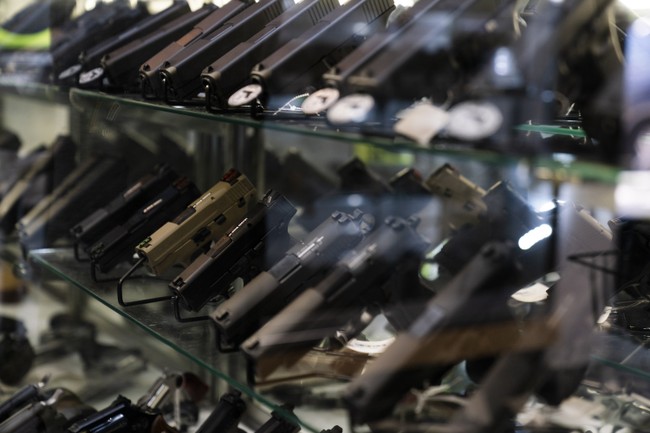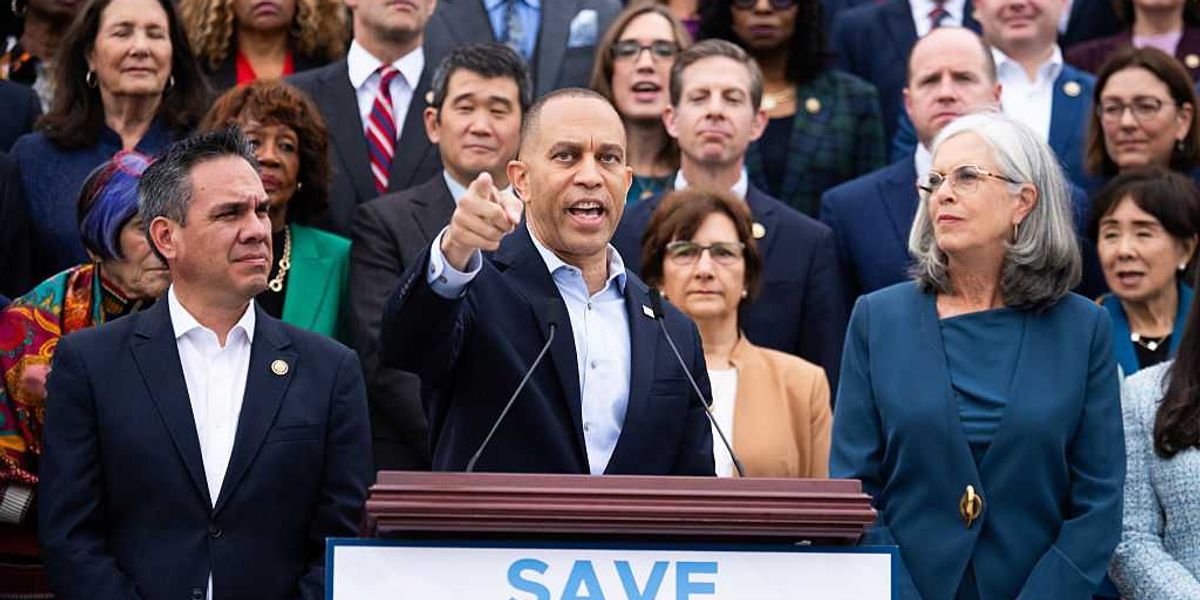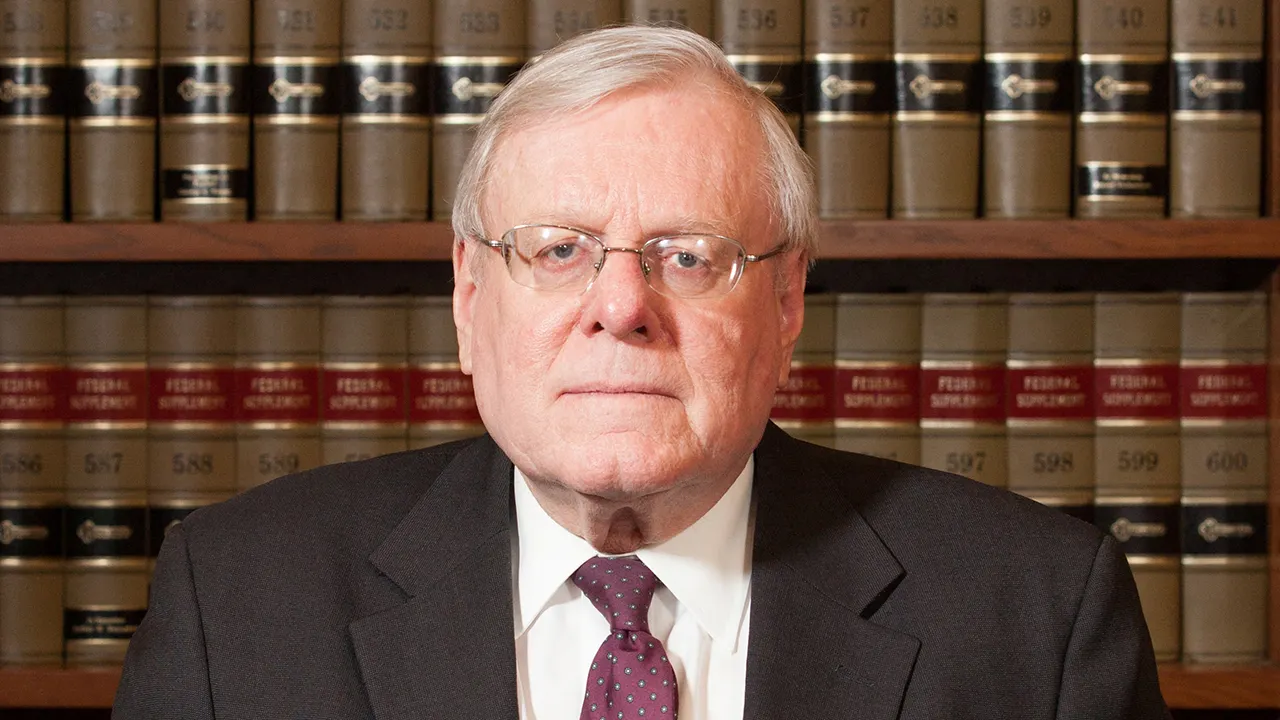President Donald Trump’s long-overdue decision to use federal resources to crack down on crime in Washington, D.C., will come at a steep cost: hundreds — possibly thousands — of teenage offenders now on track for lives in and out of prison.
This outcome was entirely predictable. Recent history offers examples of exactly where lax policies lead. Democrats and their activist allies pushed them on American cities anyway. They own the consequences.
It took the president to push past the crushing guilt the city’s activists feel for their own happy lives and finally say hard times come again no more.
To understand the failed experiment now ending in Washington, look back just six years. In 2019, the city was thriving. The dark days of the 1980s and ’90s were fading. Streets that were no-go zones when I arrived in 2004 had turned into trendy culinary destinations. The Obama family dined there while in the White House. CNN reporters were regulars.
The Wharf development project had been finished, transforming a place for cheap seafood that was surrounded by poorly lit parking lots and barbed wire into a hip place to live, take your family, or go out for dinner and drinks. The fairly new Nationals Park had already begun to build out restaurants and apartments in an area that was dangerously violent and depressed just a few years prior.
Breweries, distilleries, and wine bars had staked claims in neighborhoods that were still dangerous but no longer written off. My own neighborhood, where I bought a home in 2018, had filled with young families.
My Knights of Columbus chapter was talking with our parish priest about reopening the Catholic school next door. It was being leased to a charter school after failing to survive in a once-depressed area. Our priest — brilliant and sadly clairvoyant — was skeptical. He had seen reformers come and go. The school’s collapse, and the people who had abandoned it, still haunted him.
He had reason to doubt. By 2022, nearly every officer in my chapter had left the city. Most who could afford to leave did, taking their families with them.
The city didn’t fall to an economic collapse or a real plague. It fell to years of partisan Democrat policies — policies blind to human nature, indifferent to risk, and ignorant of the work it took to pull a city out of the abyss and into a place that was safer and improving year after year.
In 2020, schools shut down for more than a year. Bars, restaurants, and shops went under. Crime was recast as the voice of the oppressed. Sentences were cut, laws unenforced, easy prosecutions abandoned. Police were vilified and defunded.
The federal workforce went home and stayed away from downtown for years. Activists bought expensive tents for vagrants and addicts, who took over parks, menaced pedestrians, and claimed public spaces. Cops were barred from chasing criminals for fear a suspect might get hurt while fleeing. The plaza in front of the White House became a violent anti-Trump encampment.
It doesn’t take a criminologist to know what happens when you close schools and stop punishing crime, especially juvenile crime. Bored kids from broken families turn to the streets.
This isn’t theoretical. In the 1950s and ’60s, activists decried America’s prison population and pushed decriminalization and “rehabilitation” over the tougher penalties that had once kept order.
By the 1970s and ’80s, the jig was up. By the early 1990s, Republicans and Democrats alike had had enough of these “super predators,” and America saw things like the three-strikes laws, stop and frisk, and mandatory minimum sentences come crashing down on perpetrators.
The end result, after all those dreams led to all that murder and dysfunction, was a new generation lost to crime and the prison system — and a relatively peaceful and safe time in American cities.
Washington was among the last major American cities to emerge from the slump, in the early 2000s. Nearby Baltimore was just on the cusp when violent anti-white riots sent it crashing backward in 2015. D.C.’s black middle and upper classes had fled after the Martin Luther King assassination race riots torched large parts of the city, and few white families remained at all.
Older cabbies will tell you about the bad old ’90s, when, the stories go, you’d have a handgun built into the car to shoot the passenger behind you in case he pulled a gun on you — and cabbie legend tells of a designated body-dumping alley in Anacostia that the police didn’t ask about. A colleague once told me about witnessing a gangland decapitation on Pennsylvania Avenue and 13th, SE.
Then a series of down-to-business Democrat mayors set about gentrifying downtown, saying yes to development, and generally moving toward a more friendly posture toward businesses and restaurants.
At the same time, the police were tough, pushing crime to the peripheries and the worst neighborhoods in the city. When a string of murders, robberies, and sexual assaults hit wealthy, isolated Georgetown in 2006, police set up checkpoints around the suspects’ neighborhoods and instituted a citywide curfew for teenagers.
The tough policing didn’t protect everyone all the time. Poor, predominantly black neighborhoods plagued by generations of welfare and fatherlessness continued to languish. Criminals’ slang would differentiate between “taxpayers,” whom the cops would care about, and the rest of the city’s residents, who were fair-game prey for their wickedness. There was an unmistakable animosity among the poor population for the largely transient, professional political class who were gentrifying the city they called home.
Meanwhile, the corrupt, largely Democrat machine that ran the city chugged along. An old social media account gained popularity by tracking the days since a member of the city council was last indicted. And a promising, charismatic, and popular Democrat mayor, Adrian Fenty, was unelected for daring to question why D.C.’s public schools were fine with turning out illiterate and uneducated “students” with few options ahead of them but crime or menial labor.
Still, things were getting better all over, if slower in the poorer areas.
Then people forgot what it had taken to make the city safe. Reformers saw only two groups: the “hard-on-crime” enforcers and the criminals those policies punished. It was a childish oppressor-oppressed narrative.
By 2020, activists declared it was time to stop. They wanted to end the cycle of imprisonment for illiterate kids from broken families. On paper, it sounded noble. In practice, their plan was to stop holding those kids accountable for violent or antisocial behavior.
Add school closures to the mix, and the results came fast. The bad old days began to stir.
In September 2020, 1-year-old Carmelo Duncan was buckled into his father’s car when a stray bullet killed him.
In February 2021, a woman was carjacked in broad daylight while her 8-month-old sat in the back seat.
A month later, 13- and 15-year-old girls used a stun gun on a 66-year-old father and delivery driver, slamming his head into a pole. When police caught them, one girl seemed more worried about her missing cell phone than the man they’d killed.
In July 2021, 6-year-old Nyiah Courtney was riding her scooter with her mother when a stray bullet killed her. Later that month, gunfire erupted outside a Nationals baseball game, wounding fans.
An 8-year-old girl told a reporter she knew exactly what to do when she heard the shots — because it was the second shooting she had witnessed.
Less than a week later, CNN’s Jim Acosta and Kaitlan Collins were dining at Le Diplomate when a gunman opened fire nearby. Just a few years earlier, the Obamas had brought their children to that same restaurant. Now the street outside was a war zone again — just like it had been when I moved to D.C. 17 years ago.
Today, after President Trump’s announcement, those same CNN reporters and their allies claim there’s no problem. Democrats fear a federal crackdown on crime, so they repeat in unison that crime is “in decline.”
Yet in 2024, carjackings tripled compared with 2018, spilling into gentrified neighborhoods. D.C. doesn’t actually count carjacking as a violent crime. Property crimes are at historic highs, and one D.C. police commander is under investigation for falsifying records to make the numbers look better.
The bad old days aren’t back, but they’re hovering around the door. It took the president to push past the crushing guilt the city’s activists feel for their own happy lives and finally say hard times come again no more.
They’ll never say it out loud, but many longtime D.C. residents quietly hum the same song. Even the privileged elite know the teenagers walking Capitol Hill in balaclavas aren’t actually COVID-conscious — and the brazenness of their crimes is magnified in the poor neighborhoods they come from, where 1-year-olds like Carmelo Duncan and 6-year-old girls with bright eyes should be free to live and play.
Blaze News fact-check: Legacy media’s bogus defense of DC’s safe-streets narrative crumbles under scrutiny
Blaze News: ‘Knock the hell out of them’: Trump federalizes DC police, readies National Guard to crack down on crime
Blaze News: Nancy Pelosi cites Jan. 6 to criticize Trump takeover of DC — and gets obliterated by former chief of the Capitol Police
Sign up for Bedford’s newsletter
Sign up to get Blaze Media senior politics editor Christopher Bedford’s newsletter.
Read the full article here








